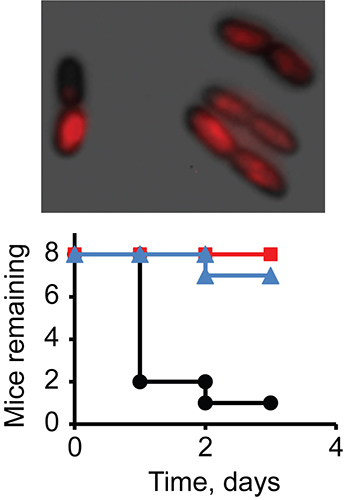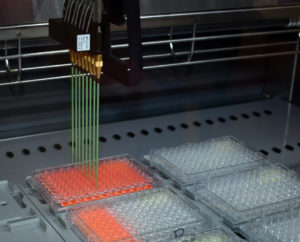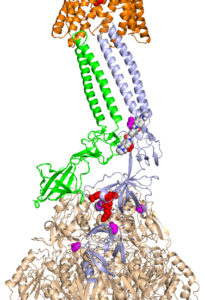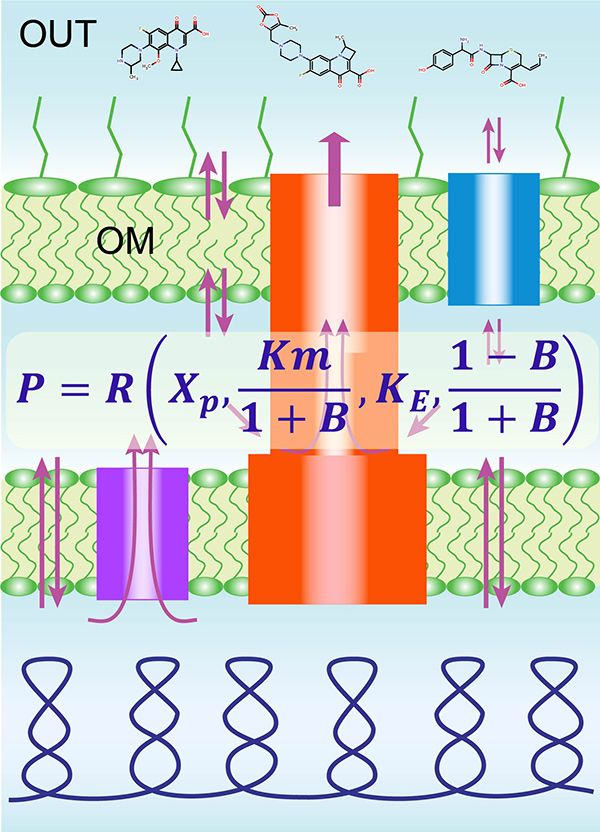Developing therapeutic options directed against
multi-resistant Gram-negative bacteria
Drug resistance presents an ever-increasing threat to public health and encompasses all major microbial pathogens and antimicrobial drugs. The major factor defining the high intrinsic and acquired multidrug resistance of Gram-negative pathogens is their low cell wall permeability.
The Center for Antibiotic Discovery and Resistance discovers fundamental principles that govern permeation of antibiotics into bacterial cells and utilizes them for the development of novel small molecule therapeutics effective against antibiotic resistant Gram-negative bacteria. Research Fellowships are available.
The Center is working on five projects:

Bacterial Physiology of Pseudomonas aeruginosa
Pseudomonas aeruginosa is an opportunistic human pathogen responsible for numerous infections in patients with compromised immune system or pulmonary disease, burn victims or those in ICU. The Center investigates cell biology of P. aeruginosa seeking to understand the mechanisms that underlie its pathogenicity and finding novel ways to control it.
Learn more

Target Discovery and Validation
The Center seeks novel targets suitable for small molecule therapeutics, validates them using animal models and develops inhibitors against them. The current thrust areas include chromosome maintenance, multidrug efflux and autophagy. Several targets have been selected for drug discovery and other promising candidates are being characterized. Learn more

Drug Discovery
We use experimental and in silico screening to find new antibacterials. Three projects are currently under way, including the development of condensin inhibitors, inhibitors of efflux pumps and activators of ClpXP protease.
Learn more

Efflux Mechanisms
Multidrug efflux pumps define the intracellular concentrations and hence potencies of antibacterial agents. These multiprotein membrane complexes actively pump antibiotics out from cells. We are working on understanding substrate specificities of efflux pumps and possible mechanisms of their avoidance and inhibition. Learn more

Drug Permeation
The two-membrane cell envelope of Gram-negative and some Gram-positive pathogens creates a formidable barrier for permeation of most amphiphilic drugs. The center uses recently developed genetic, mathematical and computational tools to identify physico-chemical properties of drugs that enable their permeation into bacterial cells. Learn more



